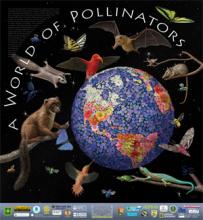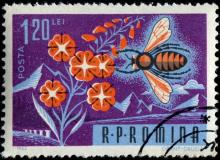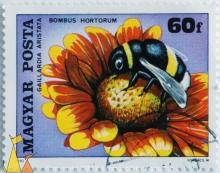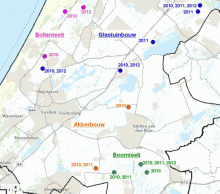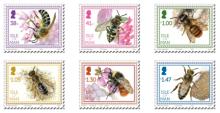De maaltijd, waaraan eerder deze week in de Indiase staat Bihar 23 schoolkinderen zijn overleden, bevatte een giftig insecticide
Dat meldt de politie zaterdag. De scholieren van een basisschool werden dinsdag ziek nadat ze het middagmaal op school hadden gegeten. Uit eerste elementen van het onderzoek bleek dat de container die gebruikt werd in de bereiding, eerder zou gebruikt zijn om een insecticide in op te slaan. Dat wordt nu bevestigd. Bij labotests werden in olie, voedselresten, borden en bestek elementen van monocrotofos aangetroffen, een pesticide die veel gebruikt wordt in de Indiase landbouw, aldus de politie. De stof is extreem toxisch voor de mens en ontleedt bij verhitting of bij verbranding met vorming van giftige en irriterende dampen, waaronder stikstofoxiden en fosforoxiden.


